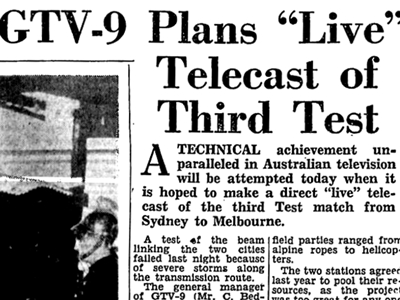
It could be said that the only reason Australia got television when it did was because of sport. The launch of television in 1956 was conveniently just in time for the 1956 Melbourne Olympic Games and had it not been for the Games we could have been waiting a lot longer!
For the first few years of television in Australia it was not possible for live pictures to be relayed from one city to the next — and for some years TV only existed in Sydney and Melbourne. The only way TV content could get from one city to another was by sending reels of film — even videotape was still something of a novelty.
Sport is seen as a way of unifying a nation, but television was well behind radio which had the capacity to send broadcasts in real time over telephone lines. So it was for sport that television was to embark on its next innovation.
“Operation Kangaroo” was born out of an idea jokingly brought up at a GTV9 executive meeting to bring live coverage of test cricket from Sydney to Melbourne. The thought was deemed impossible until GTV9 chief engineer Ron Biddle came up with a plan.
Engineers at Melbourne’s GTV9 and its Sydney sister station ATN7 worked for over a year on the project — a series of microwave links between the two cities, with each link “hopping” from one mountain top to the next. ATN7 also called on its experience from an earlier live broadcast it had conducted from Canberra to Sydney.
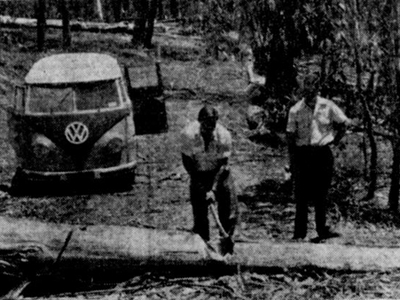
Operation Kangaroo was being carried out in top secret, with crews from both channels navigating rugged mountain terrain and dodging blizzards and the threat of bushfires to position microwave dishes in strategic mountain top spots to carry the link across an estimated 1000 kilometres. The project also called on the assistance of the Snowy River Authority, State Electricity Commission (Victoria), Forestry Commission and the Lands and Survey Department.
While navigating their way through the Alpine region, the crews discovered that official maps for the region were extremely lacking, with some mountain peaks poorly mapped or not even mapped at all. One crew became lost in dense forest and were saved by the chance discovery of a little-known track. Test equipment had to be hauled by ice sledges up Mount Kosciusko. Other mountain top sites required equipment to be hauled up by helicopter.
It was anticipated to launch the link on the evening of Thursday 8 January 1959, with In Melbourne Tonight planning to cross to a live relay of Sydney Tonight, and GTV9 picking up ATN7’s cricket coverage starting with the afternoon session of the first day’s play on the Friday.
However on the Thursday, a crew van belonging to ATN7 got hopelessly bogged at Mount Blackjack — causing delays to final testing of the link up. GTV9 general manager Colin Bednall was optimistic that despite the delay the link should be open in time for the first day of cricket. “At this stage we cannot promise to complete the link, but if skill and courage can do it we will be there tomorrow,” he told The Age on Thursday.
As it turned out, the link missed the first day of the cricket but was opened on the Friday night with Graham Kennedy on In Melbourne Tonight calling ‘Come in, Sydney!’. Melbourne viewers were then greeted by ATN7 executive Brian Wright, who presented a speech to inaugurate the link-up. The picture seen in Melbourne was fuzzy but the sound was clear and without static.
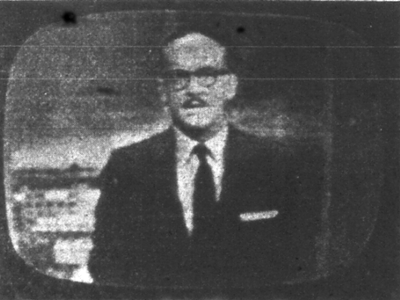
The next day, Melbourne viewers dealing with sweltering heat tuned in at 3.30pm to see a live view of a rain-soaked Sydney Cricket Ground. Play was able to resume at 4.00pm although stormy conditions outside of Sydney caused interference with a clear picture getting through to Melbourne, and intermittent drop outs meant that the GTV9 clock got considerable use on screen while engineers tried to restore pictures.
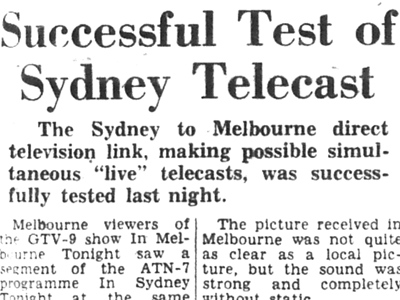
When coverage resumed on Monday afternoon, the picture quality was much clearer, with players easily recognisable and the ball able to be viewed comfortably. The picture quality was considered to have been as good as that experienced over similar long-distance relays across Europe
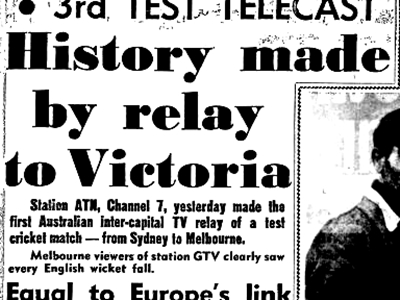
Operation Kangaroo proved to be a successful project for GTV9 and ATN7 and in providing a valuable first link between Australia’s two largest cities, however due to the resource-intensive nature of the link — requiring each of the mountain-top relays to have two engineers and petrol-powered generators onsite while in operation — its potential for use was limited. It would be a few more years before the next major innovation in connecting the two cities — the coaxial cable link opened in 1962.
Source: The Age, 9 January 1959, 10 January 1959, 15 January 1959. Sydney Morning Herald, 10 January 1959. TV Week, 15 January 1959
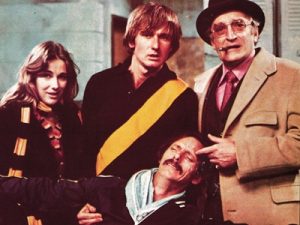
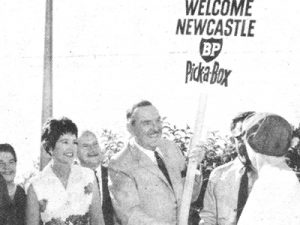


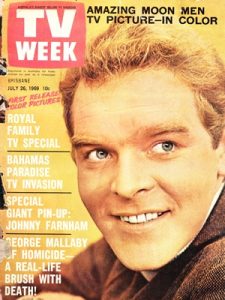
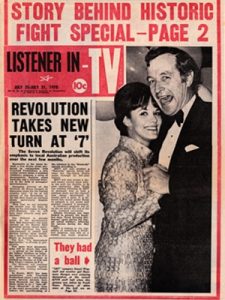

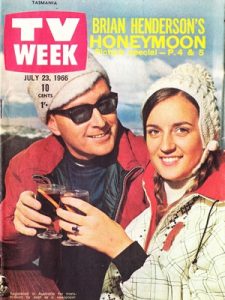
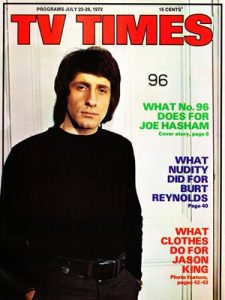
This is NOT the first time that a series of microwave links were used for broadcasts between Melbourne and Sydney.
In 1956, the ABC had a ‘string’ of OB vans each with microwave link equipment between Melbourne and Sydney were used to relay the Olympic Games. The unknown factors were (i) how many OB vans, (ii) line-of-sight distance between OB vans and (iii) whether other broadcasters were involved.
Whether it was the 1959 cricket matches or the 1956 Olympic Games, it was long before the ‘famous’ Melbourne-to-Sydney coaxial cable.
Although the Melbourne-to-Sydney coaxial cable is no longer in use, it was primarily used to relay over 600 telephone ‘lines’ (OK it was multiplexed). Much of the repeater housing is gone. For example there was a repeater house at Wiley Park near the corner of Canterbury Rd and King Georges Rd up until 2002. There was a similar repeater station on Canterbury Rd, Milperra near the intersection between Canterbury Rd and Henry Lawson Drive before the bridge.
Anthony from really exciting Belfield